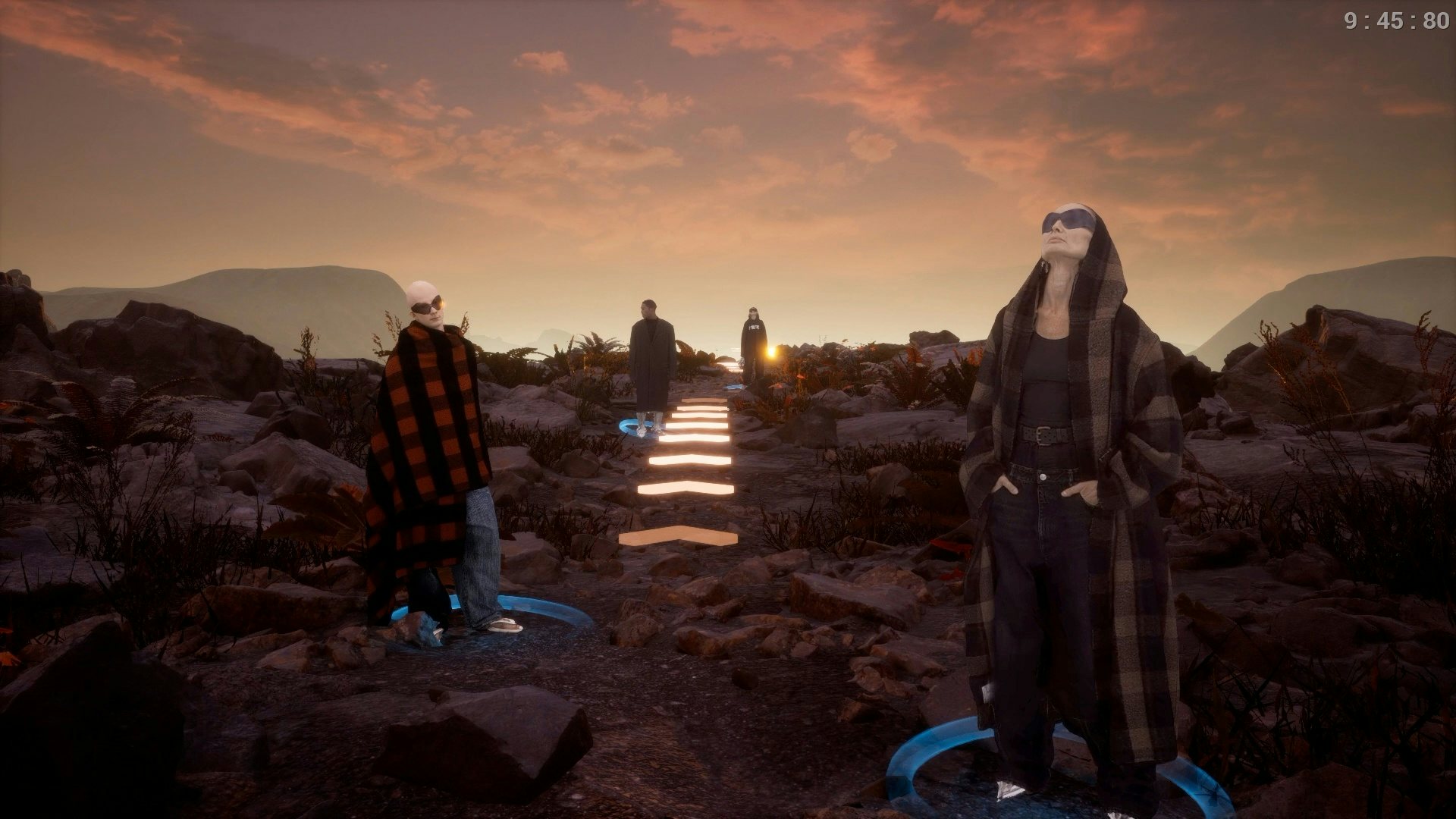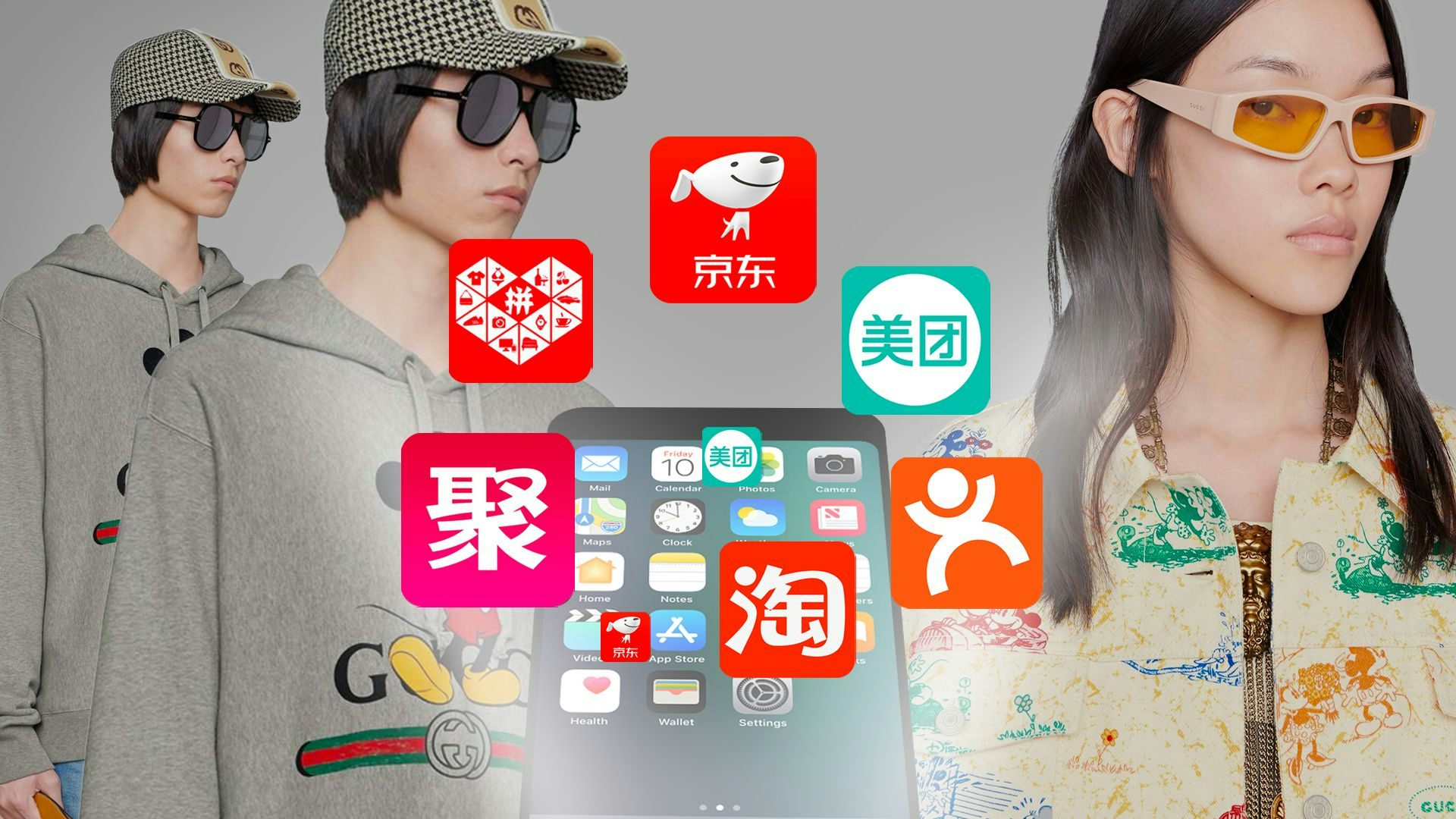Key Takeaways:#
China made a strong comeback from COVID-19 in the second half of the year. But a significant part of its growth was a result of repatriation, which wasn’t a good sign for luxury brands.
After the shift to digital, brands saw much higher traffic. But their conversion rates dropped because the cost of digital advertising increased, more brands competed on platforms, and customers were offered more content than ever before.
The digital realm has become key because it’s now a luxury brand’s most important enabler for building brand and product preferences. Today, sales are decided online, but only if a brand can convince its customers through the digital journey.
Last year was the moment of truth for most luxury brands, brutally exposing weaknesses in brand execution left and right. China made a strong comeback in the second half of the year, and many brands were celebrating it as a sign of recovery. But a significant part of that growth was a result of repatriation (in other words, consumers purchasing inside China because they could not travel abroad) — not a good sign.
That is confirmed by looking at the global numbers as they’ve become available. For many luxury brands, gains in China were heavily overshadowed by dramatic losses in Europe and North America. Many brands had to frequently switch between opening and closing stores, depending on where the pandemic was hitting and how countries or regions were implementing restrictions and lockdowns.
Yet, this change led to a significant increase in digital sales. And as I pointed out in my columns, many brands still aren’t prepared for the new digital reality. Instead of more certainty, 2021 will bring more unpredictability to digital, far eclipsing 2020. As such, brands need to prepare as much as they can now before it is too late.
What will change? In 2020 many brands were suddenly disrupted. In the beginning, no one knew how long the pandemic would take. Many brands expected just a short impact of a few months. The initial tendency of most brands was to send messages of support and compassion through their social media platforms and charitable actions. Dior donated sanitizers, while Ferrari produced respirator valves and fittings for protective masks, an initiative supporting health workers treating coronavirus patients. Many other luxury brands stepped forward and supported society, too. In fact, the luxury industry was among the first to step up.
As the pandemic continued to develop, many luxury brands turned more toward digital tools to stay in close contact with their customers and inspire them, as stores were still closed or operating under restricted protocols. As a result, digital ad spending and web traffic were at an all-time high, which, in turn, changed consumer behaviors drastically.
Bombarded by an unprecedented number of images, snippets, videos, webinars, livestreams, and influencer campaigns on platforms ranging from WeChat and Instagram to T-Mall and Tiktok, consumers browsed more than ever before. That led to more clicks and actual sales. Although they had much higher traffic, many brands saw their conversion rates drop.
The cost of digital advertising per sold item increased, and campaigns became less efficient as more brands competed on platforms, offering a single customer more content than before. While brands were more reactive in 2020, they will become more strategic in 2021 and focus on digital from day one. That will make 2021 dramatically more challenging than ever for luxury players in the digital arena.
To win in digital, brands will need to think far beyond the store and create end-to-end digital experiences that begin far before the sale while reaching far beyond. With few exceptions, most luxury brands are selling at least part of their portfolios online. But very few brands have a clear strategy on how to gain a competitive digital advantage. They play to participate but not to win.
Among their shortcomings are a lack of real-time consumer insights and too much dependence on analytics that cannot benchmark against the competition. A radically different way of thinking is needed — one that moves from social listening to social intelligence. The use of machine learning tools and artificial intelligence shouldn't just be a fancy buzzword; it must generate actionable data for the CEO and the brand leadership teams.
A critical factor for success is turning anonymous digital visitors into individual digital “guests.” This change in approach allows brands to interact with and provide personalized customer journeys that feel luxurious. Getting there requires a digital strategy that helps customers engage with a brand. This connection will help convert visits into sales — and sales into repeat buyers.
A brand’s “digital hook” can range from a specific and attractive entry-level product to highly relevant brand content. After the hook is created, meticulous planning for all touchpoints and customer interactions are needed so that there’s no breakdown in the experience. If you ever tried to track a shipment or reach a customer representative of a brand following an online purchase, you most likely did not feel like it was a luxury experience. That needs to change.
Brand content is also a clear weakness for many luxury brands. The best content is an extension of the brand story while being relevant, interesting, and inspiring. Many brands forget that luxury is about their customers, not about them. Brand content must create extreme customer value so that the result is highly luxurious and distinct to that brand.
But creating content that connects with customers requires clarity about the brand’s position. Otherwise, the content will be random and not brand-specific. It’s surprising how many brands have generic content that could come from most of their competitors. When the brand’s fundamentals are not precisely defined, the content will never be convincing because it won’t create desire.
Last but not least, the digital realm is key because it’s a luxury brand’s most important enabler for building brand or product preferences. If a brand gets into a competitive disadvantage digitally, they won’t win the sale — digitally or in a brick-and-mortar store. Today, the sale is decided online, but only if a brand can convince its customers through its digital journey.
These points should make every brand think. The “easy” times will never return. And even if we get the pandemic under control over the next months, digital challenges will continue to increase. More players will deploy more content on more platforms at a higher cost, and they’re all targeting the same customer with the shortest attention span ever. That is the new game — where the future winners may not be the winners of the past.
Daniel Langer is CEO of the luxury, lifestyle and consumer brand strategy firm Équité, and the professor of luxury strategy and extreme value creation at Pepperdine University in Malibu, California. He consults some of the leading luxury brands in the world, is the author of several luxury management books, a global keynote speaker, and holds luxury masterclasses in Europe, the USA, and Asia. Follow @drlanger



